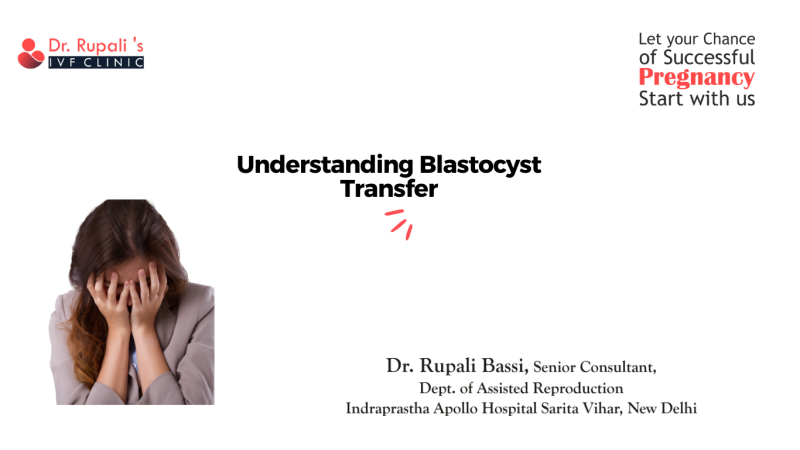Health
Understanding Blastocyst Transfer

Introduction
Embarking on the in vitro fertilization (IVF) journey can feel like navigating uncharted waters. Among the pivotal decisions couples face is whether to opt for a blastocyst transfer—implanting embryos at day 5 or 6 instead of day 2 or 3 (cleavage stage). This advanced technique is widely regarded as more effective and precise. In this blog, we unpack what blastocyst transfer entails, why it matters, and how to find the best IVF specialist in Delhi to guide you through it .
What Is Blastocyst Transfer?
- A blastocyst refers to an embryo that has developed over five to six days post-fertilization. At this stage, the embryo comprises hundreds of cells and has distinct structures like the inner cell mass and trophoblast
Since blastocysts are more developed, they are closer in environment to the natural conditions inside a uterus. This improved synchrony can enhance implantation potential.
Why Blastocyst Transfer Is Often Preferred Over Cleavage-Stage Transfer
- Higher live birth rates per transfer: Clinical studies show blastocyst transfers yield improved outcomes—live birth rates can rise from about 31% (with cleavage-stage) to a range of 32–41%.
- Better embryo selection: Only embryos that exhibit strong growth and development over 5–6 days are chosen—acting as a natural quality filter.
- Option for elective single embryo transfer (e-SET/eSBT): A blastocyst-stage transfer allows for placing just one embryo while retaining high success rates, reducing the risks tied to multiple pregnancies.
- Supports genetic screening: Blastocysts provide more cells suitable for preimplantation genetic diagnosis (PGD) or screening (PGS), enabling detection of chromosomal issues or genetic disorders before implantation.
Considerations & Limitations
- Lower number of embryos available: Some embryos may arrest in development before reaching blastocyst stage, reducing overall embryo count for transfer or freezing.
- Safety concerns: Some studies note modestly higher odds of preterm birth or congenital anomalies with blastocyst transfers, though absolute risks remain low.
- Need for advanced lab capabilities: Requires cutting-edge culture systems and embryology expertise to maintain embryo viability over longer incubation. Many clinics in Delhi now have such advanced infrastructure
Choosing the Best IVF Specialist in Delhi for Blastocyst Transfer
If you're looking for a clinic or doctor skilled in blastocyst transfer, focusing on facilities that emphasize advanced reproductive technologies is key. Here are some outstanding options in Delhi:
1. Dr. Tarun Ahuja – Hope Fertility Centre, Karol Bagh
- Expert in IVF and blastocyst culture and transfer, with around 18+ years of experience. He’s known for high success rates in these advanced techniques.
2. Dr. Rupali Bassi – Bestivfclinic IVF, Delhi N
, Dr. Rupali Bassi offers services such as blastocyst culture and emphasizes technology-backed, personalized care. She’s lauded as one of the best IVF specialists in Delhi NCR.
Another major advantage is elective single embryo transfer (e-SET), particularly at the blastocyst stage. This helps couples achieve high pregnancy rates while minimizing the risks and complications associated with twin or multiple pregnancies
- Finally, with blastocysts, clinics can perform genetic screening or diagnosis (PGS/PGD) before implanting—helping ensure embryos are healthy and reducing the risk of miscarriage or genetic disorders.
Source:
Click for the: Full Story
You might like













 Close Menu
Close Menu